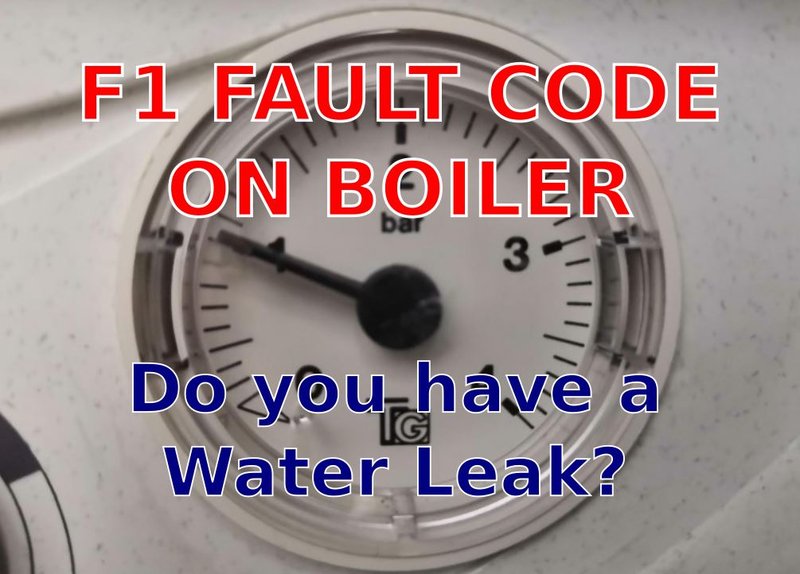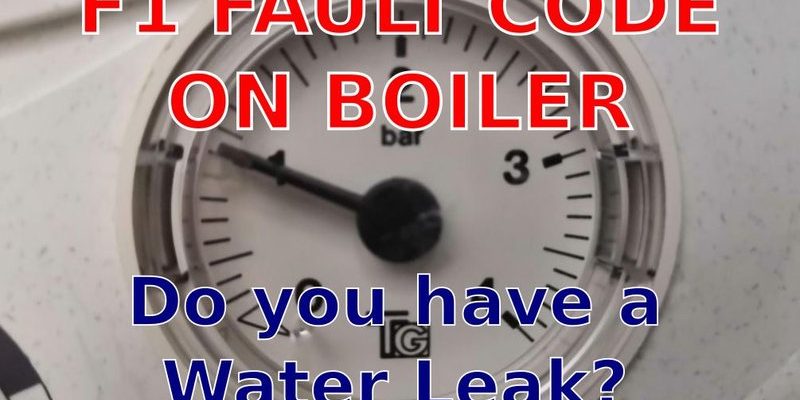
The F1 error code is a signal from your Kenmore water heater, letting you know something’s afoot under the hood. It might feel like trying to decipher a cryptic message, but that’s what we’re here for. Just like how your smoke detector might chirp to warn you of low battery, the F1 code is your water heater’s way of saying “Hey, something’s not quite right here!” Let’s dive into the nitty-gritty of what this code truly means and how you can address it to get back to enjoying hot water bliss.
Understanding the F1 Error Code
First things first, what does the F1 error code actually signify? In simple terms, when your Kenmore water heater flashes F1, it’s indicating an issue with the heater’s ignition system. Think of it like trying to start a fire but not getting that initial spark. Your water heater uses a similar process to ignite the burner that heats the water. If the ignition doesn’t happen properly, you get an F1 error code.
Now, you might be wondering why the ignition system matters so much. Well, without a proper ignition, your water heater can’t produce that steamy hot water you look forward to. It’s as if you have a car with a full tank of gas, but the engine won’t start because the spark plugs aren’t firing. That’s essentially what’s happening inside your water heater.
Here’s the deal: the F1 error means there’s a disruption in the ignition sequence. This could be due to a faulty thermocouple, an issue with the gas valve, or even electrical problems. Understanding this helps us narrow down the potential culprits behind the pesky error code. Once you know the root of the problem, it’s much easier to tackle it head-on.
Common Causes of the F1 Error
Alright, let’s take a closer look at what might be causing this F1 error. One of the usual suspects is a faulty thermocouple. This tiny device acts like a gatekeeper; it senses whether the pilot light is lit and signals the gas valve to stay open. If it’s not working properly, the gas valve won’t open, and without gas, there’s no flame—hence, the F1 error appears.
Another potential cause is an issue with the gas valve itself. Sometimes, debris or corrosion can cause the valve to malfunction. Imagine trying to turn on a garden hose that’s kinked or blocked—no water flows through, right? Similarly, if the gas valve isn’t opening as it should, the burner won’t ignite, leading to the F1 error.
Finally, electrical problems can also lead to this error code. A loose connection, a tripped breaker, or a faulty control board could interrupt the ignition process. Picture it like an appliance that’s mysteriously unplugged; it can’t operate without that essential power connection. Identifying and fixing these electrical issues can often resolve the F1 error.
Tackling the F1 Error: What You Can Do
Now that we’ve pinpointed the likely causes, let’s discuss how you can address the F1 error. If you suspect the thermocouple is to blame, examining and possibly replacing it is a good starting point. You can often find replacement thermocouples at your local hardware store, and they’re relatively easy to swap out with a bit of guidance.
If the gas valve is acting up, a thorough inspection can reveal if it’s blocked or damaged. In some cases, a simple cleaning can do the trick. However, if the valve is beyond repair, replacing it might be necessary. This ensures your heater can efficiently supply gas to the burner, restoring hot water to your home.
For electrical issues, checking the wiring and connections is crucial. Ensure everything is snugly in place and look out for signs of wear or damage. If all else fails, consulting a professional can be the best course of action. They can safely and accurately diagnose and fix the problem, saving you time and potential headaches.
Preventing Future Error Codes
Prevention, as they say, is better than cure. Regular maintenance can help keep your water heater in top shape and reduce the likelihood of encountering the dreaded F1 error. Just like you’d regularly service your car, giving your water heater some TLC can prevent small issues from turning into major problems.
Conduct periodic checks on the ignition system to ensure everything’s running smoothly. Keeping an eye on the pilot light and ensuring the gas valve operates without obstruction can make a huge difference. It’s as simple as checking your tire pressure regularly to avoid a flat.
Additionally, consider scheduling an annual inspection with a professional. They can catch any potential problems before they escalate. It’s like going to the dentist for a check-up; you want to catch any cavities early before they become painful.
In conclusion, while the F1 error code might seem intimidating at first, understanding its causes and knowing how to tackle it can ease the process significantly. With a little knowledge and regular maintenance, you can keep your Kenmore water heater running smoothly, ensuring it continues to provide you with warm, comforting showers for years to come.
